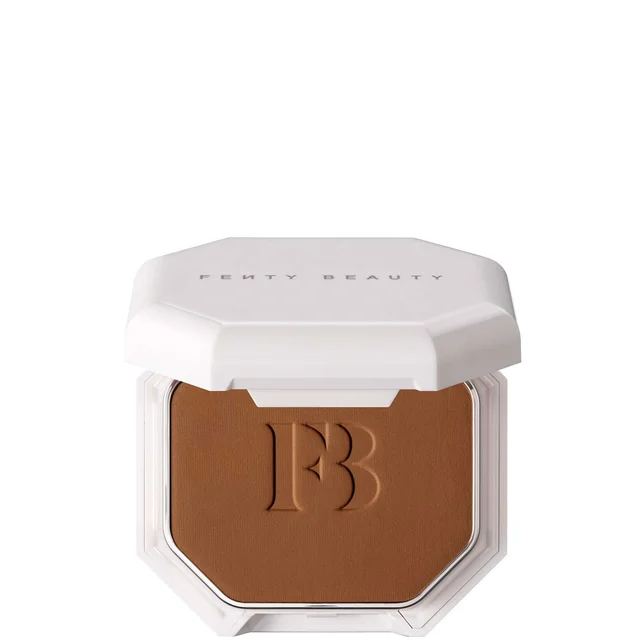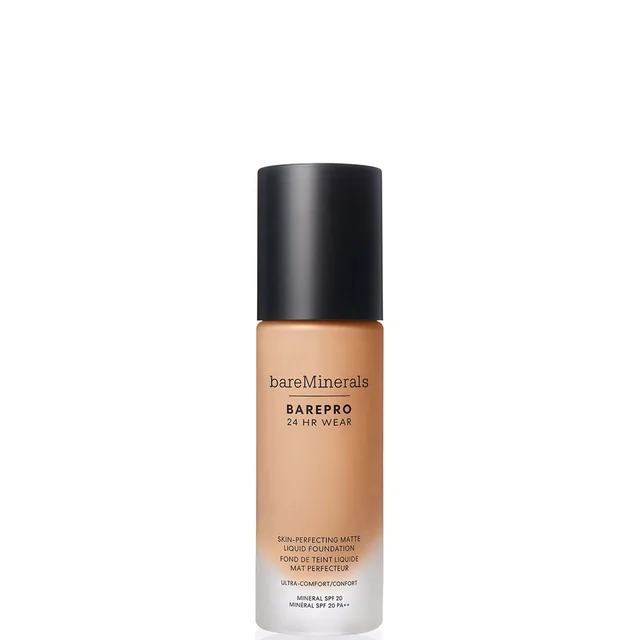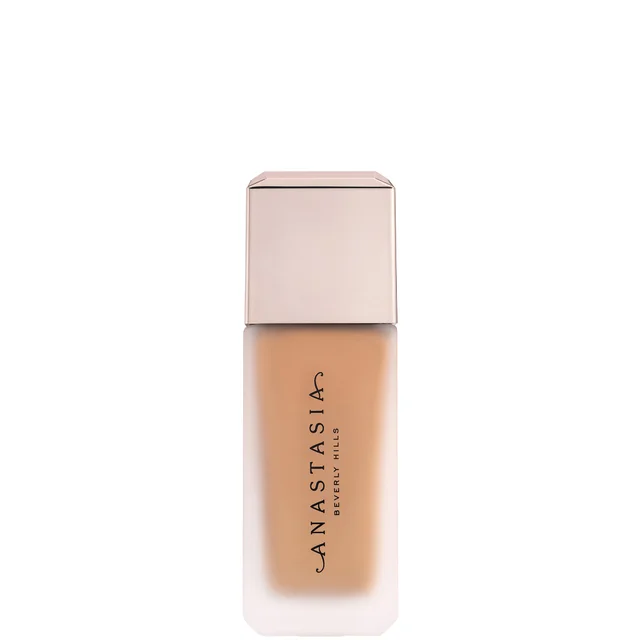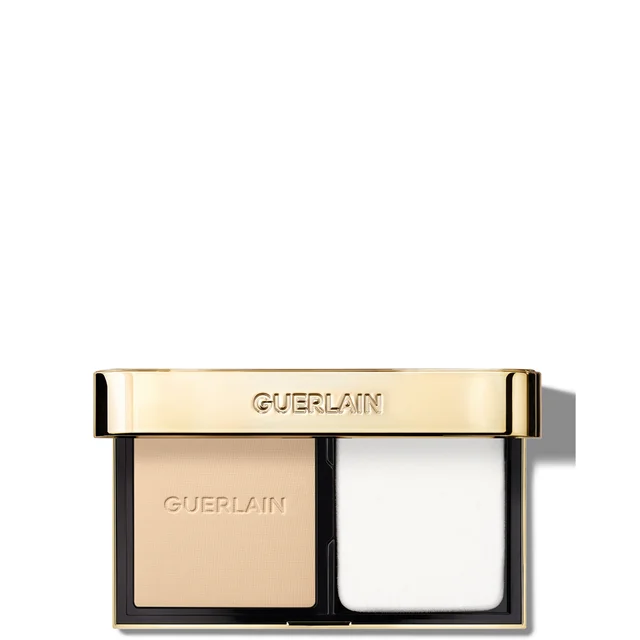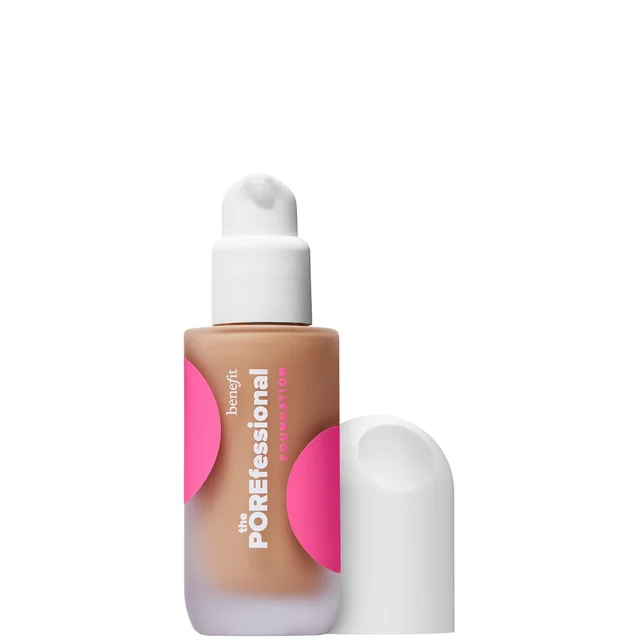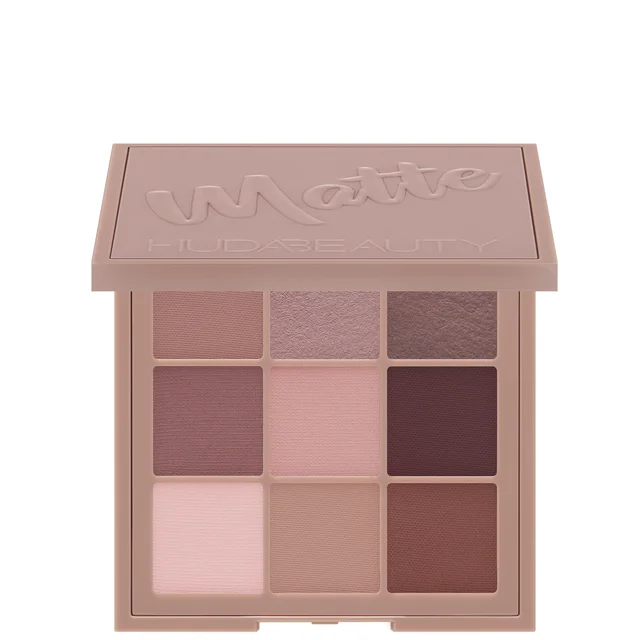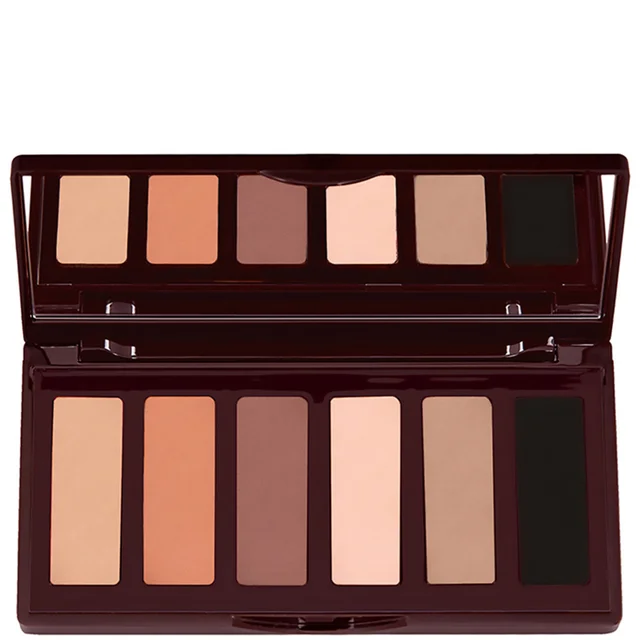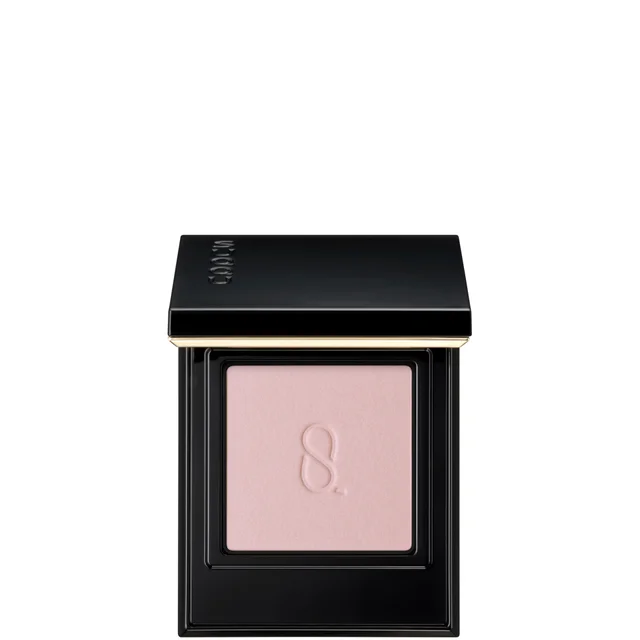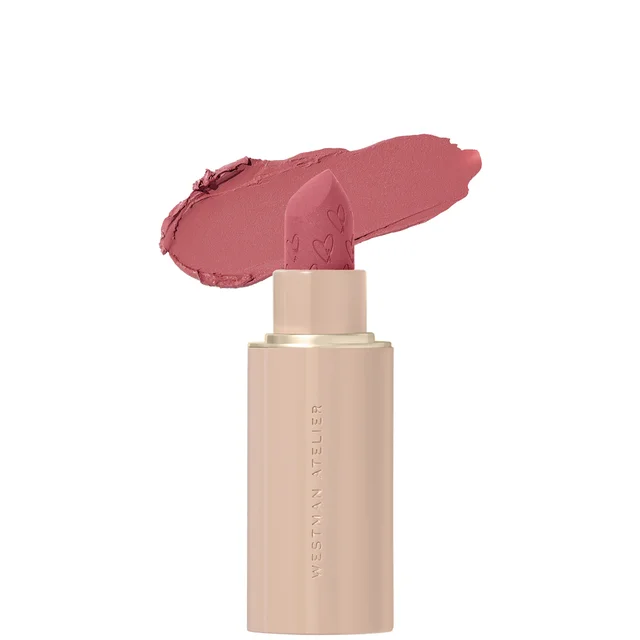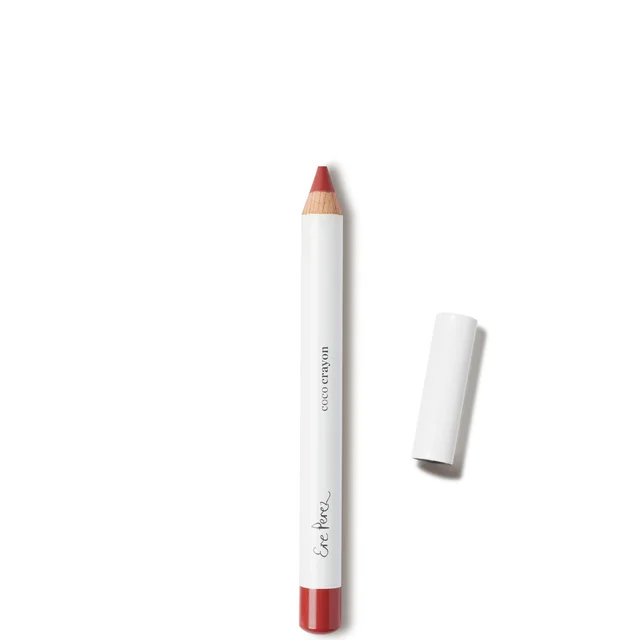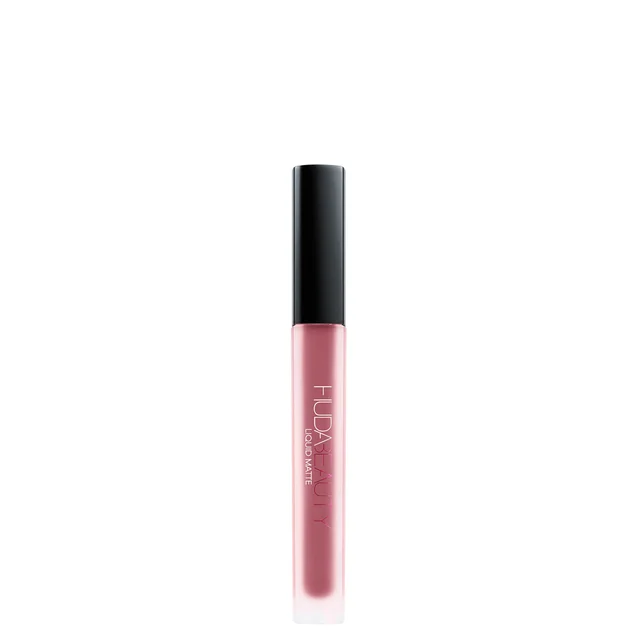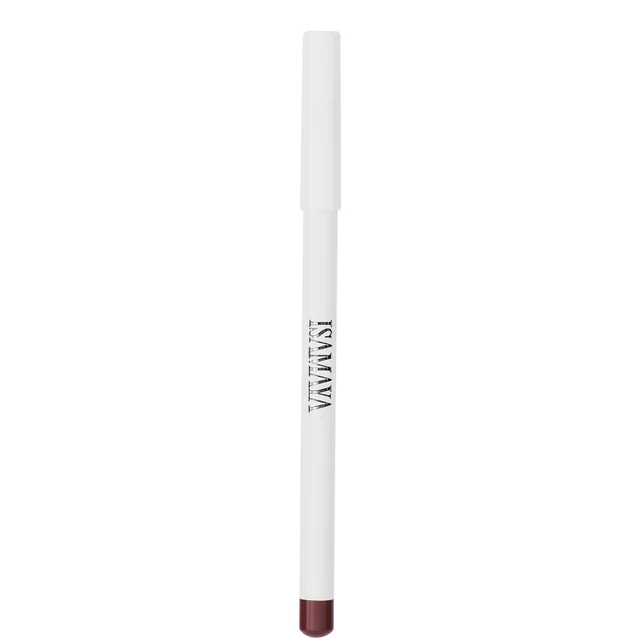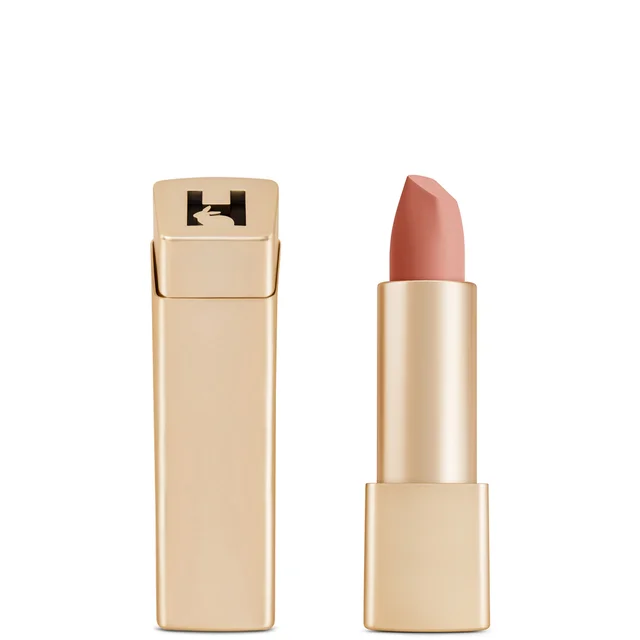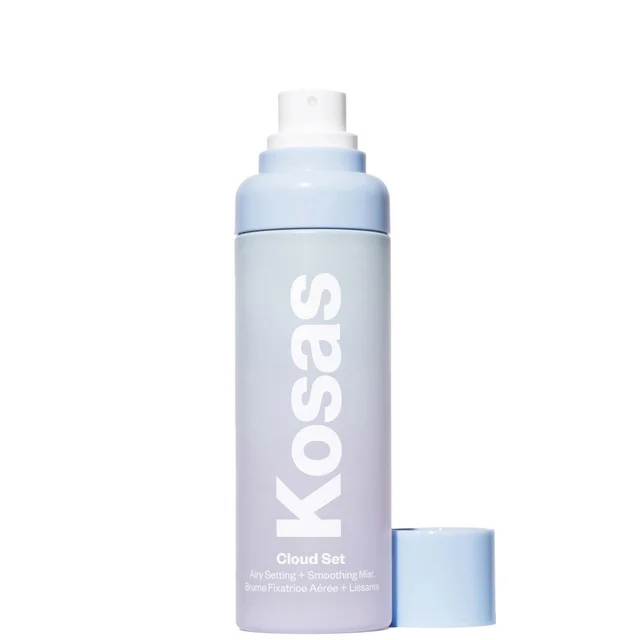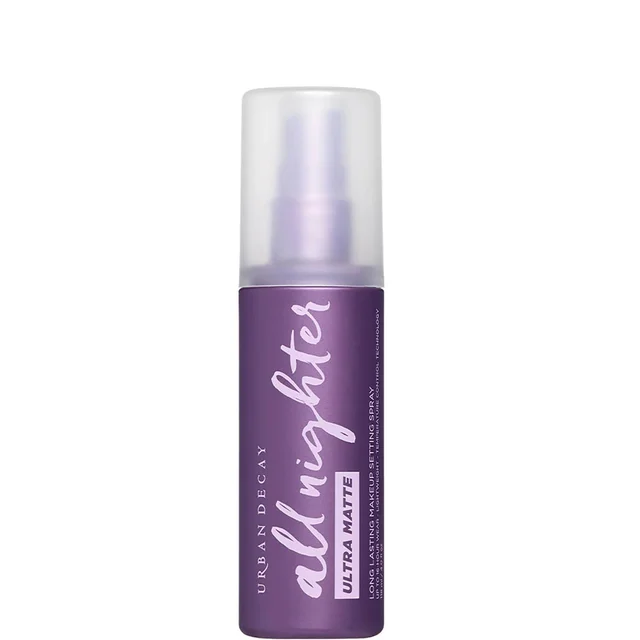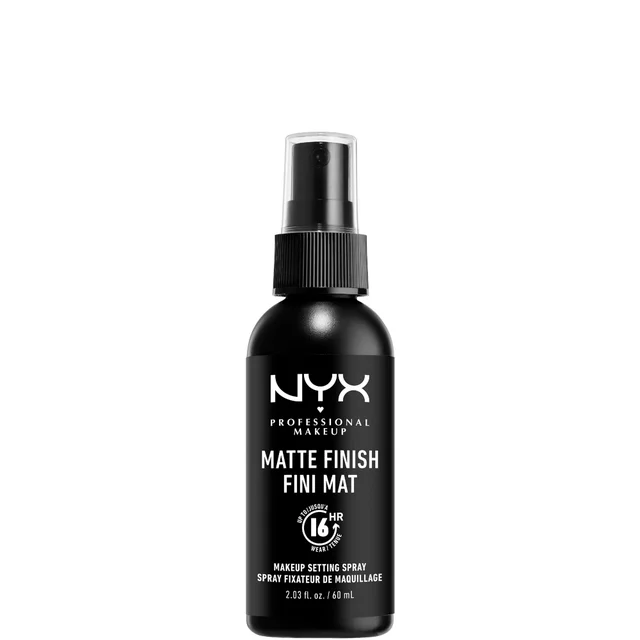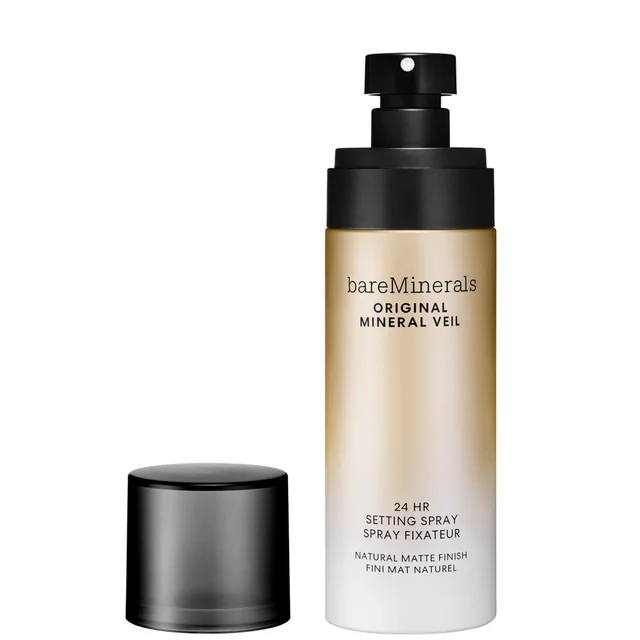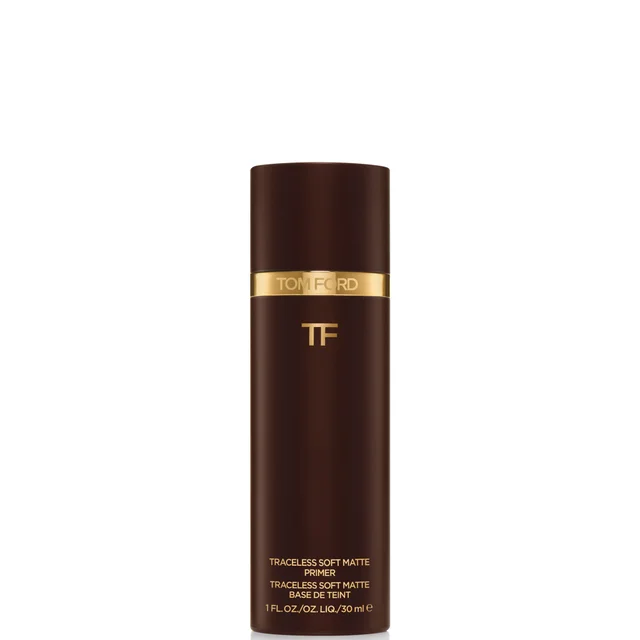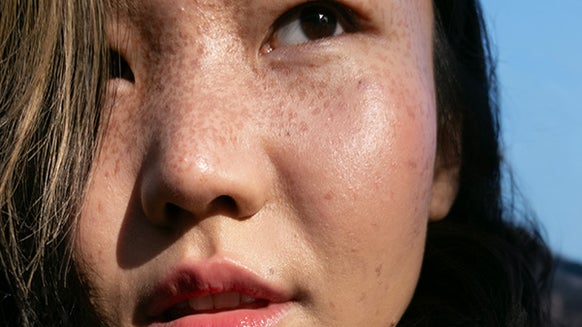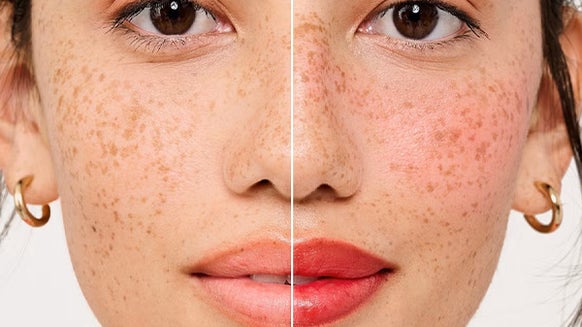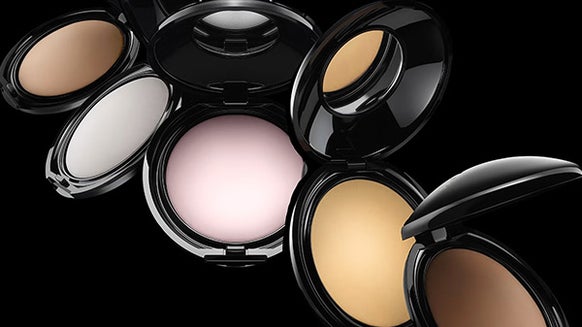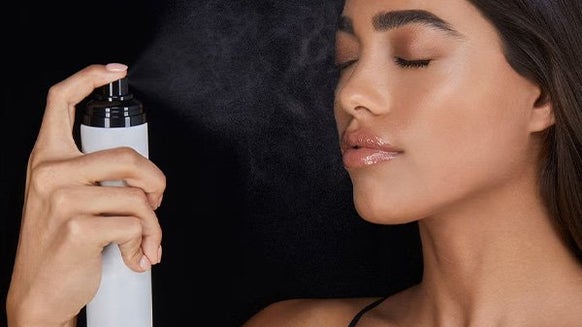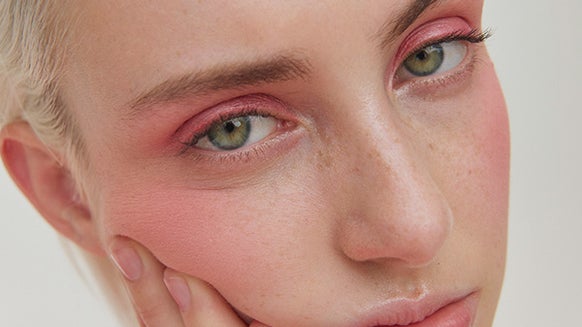MATTE MAKEUP LOOKS: HOW TO MASTER THE ART OF CLOUD SKIN
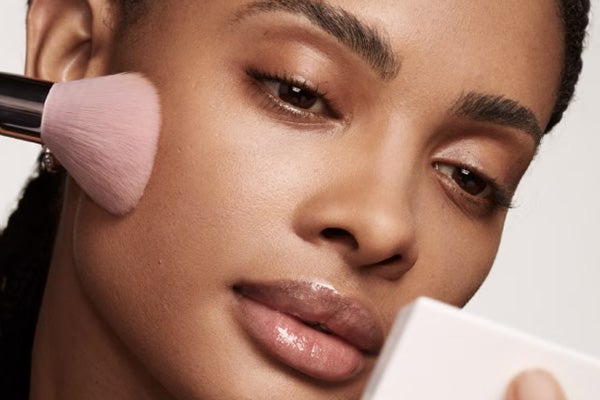
Let’s face it, beauty trends often come full circle. What’s old becomes new again and styles once out of the spotlight suddenly take centre stage. After a glowing couple of years dominated by dewy skin, matte makeup looks are making a comeback — and we couldn’t be more pleased.
But don’t confuse matte with dull or flat — today’s matte is all about Cloud Skin: a soft, velvety finish that feels weightless yet delivers serious impact. So, if you’re ready to switch up your routine and master the art of matte makeup looks without losing that fresh finish, keep reading to discover how to achieve the best matte makeup looks and what products you need to create them.
IN THIS ARTICLE:
THE REVIVAL OF MATTE MAKEUP LOOKS
Like many trends, matte makeup looks have evolved over the years—from the heavy, powdery finishes of the ’90s and early 2000s to the ultra-matte, sometimes flat textures that once dominated the beauty scene. While matte was once associated with dryness and dullness, today’s matte makeup looks take on a whole new meaning.
Thanks to advances in formula technology and a fresh approach to application, matte makeup looks now offer a smooth, soft-focus finish that enhances your natural skin without stealing its life. Dubbed Cloud Skin, this finish is soft, light and boasts a velvety appearance that offers the illusion that your complexion is wrapped in a gentle, breathable (you guessed it) cloud.
Blurring blemishes and pigmentation, Cloud Skin creates a natural look without feeling cakey or dry. Granting your complexion with the best of both worlds, this matte makeup look controls shine and texture while still feeling fresh and comfortable from day to night. It’s the ideal way to wear the trend without sacrificing that healthy natural glow we have been chasing for the past seasons.
HOW TO DO MATTE MAKEUP
So now we know how matte makeup looks have evolved over the years, it’s time to get your makeup brushes ready and create the latest look from home.
But it’s important to remember when it comes to matte makeup, one size doesn’t fit all. Whether you’re craving a smooth, matte complexion, velvety eyeshadow or dreaming of matted red lips, the best matte makeup looks act as a playground of textures and styles that allow you to express everything from subtle elegance to bold drama. Ready to get inspired?
THE BEST MATTE FOUNDATION LOOK
To achieve a shine-free complexion, nothing beats the power of a matte foundation. Ideal for all-day wear—especially in warmer climates or for oily skin types—a matte base sets the stage for a smooth, long-lasting look that won’t budge or smudge. But creating the best matte makeup looks with foundation isn’t just about choosing the right product, it’s also about technique, preparation and balancing a velvety finish with natural-looking skin.
HOW TO WEAR A MATTE FOUNDATION
Start with Clean, Prepped Skin: Matte foundation works best on a smooth, well-prepped canvas. Begin by cleansing your skin thoroughly to remove oil, dirt and residue. Follow with a lightweight, oil-free moisturiser that hydrates without adding shine, ensuring an even matte finish without cakiness or flatness. Apply a Mattifying Primer: Use a mattifying primer to blur pores and control oil throughout the day. Focus on the T-zone (forehead, nose and chin), where shine tends to appear first. A good primer helps grip the foundation and keeps your base looking fresh for hours. Choose the Right Matte Foundation: Pick a foundation that suits your skin type and coverage preference — whether it’s medium or full coverage. Look for formulas that are fitted with a ‘matte finish’, ‘oil-free’ or ‘shine control’ label. Liquid, cream or powder foundations can all work, depending on your skin’s needs. Apply Foundation Strategically: Use a damp makeup sponge or a dense foundation brush to apply your matte foundation. Start in the centre of the face and blend outward. Build up coverage with thin layers to avoid a heavy sign off. Take your time blending to achieve a seamless, airbrushed look. Set with a Translucent Powder: Once your foundation is in place, lock it in with a light dusting of translucent setting powder. Again, concentrate on the T-zone, using a fluffy brush to avoid disturbing your base. The key here? Don’t overdo it. Too much powder can age the skin or create texture. Blot as Needed: Throughout the day, use blotting papers to control any breakthrough shine without disturbing your makeup. This helps maintain that matte look without piling on more product.
THE BEST MATTE EYESHADOW LOOK
Matte eyeshadows make a statement without overpowering your look. Whether you want a soft, everyday style or a sultry, sculpted eye, matte pigments provide the perfect balance of subtlety and definition. Free from shimmer or shine, they let you play with shape, depth and contrast. The secret to the best matte makeup looks with eyeshadow lies in careful blending, thoughtful shade selection and smart layering.
HOW TO WEAR MATTE EYESHADOWS
Choose the Right Matte Shades for Your Eye Colour: Matte eyeshadows can range from soft neutrals to bold, deep hues. To make them pop follow our recommended colours according to your eye colour.
- Brown eyes: Try warm browns, terracotta or plums.
- Blue eyes: Go for taupe, peaches and soft browns.
- Green/hazel eyes: Mauves, burgundy or earthy tones work beautifully.
Always Prime Before You Go Matte: Matte formulas don’t have the slip or shimmer to hide texture or creases. Therefore, it’s best to apply an eyeshadow primer or a spot of concealer to smooth the lid and create a long-lasting base that helps the pigment stick and blend evenly. Start with a Transition Shade: Apply a soft, neutral matte shade slightly darker than your skin tone into the crease. This creates natural depth and helps all other shades blend better. Think of this as your ‘base framework’ for the rest of the look. Layer and Blend Thoughtfully: As matte eyeshadows are more pigmented and less forgiving than shimmers, it's best to build up the hues gradually. Use a fluffy eyeshadow brush to blend each shade thoroughly before adding more. This prevents harsh edges and gives a polished, seamless finish. Add Depth Without Shimmer: Use deeper matte shades in the outer corner or along the lash line to define and sculpt the eyes. For a more lifted look, blend darker tones slightly upward and outward. You can even skip eyeliner and just smudge dark matte shadow for a soft, diffused effect. Lighten the Lid or Inner Corner for Balance: To avoid your eyes looking too flat or heavy, add a light matte shade to the centre of the lid or inner corners. Soft ivory, cream or pastel tones open the eyes while keeping the look cohesive and, of course, matte. Finish with Defined Lashes: Matte eyeshadow can sometimes mute the eyes, so make sure to curl your lashes and apply a good coat (or two) of mascara. This keeps the eyes looking bright and lifted, even without shimmer.
THE BEST MATTE LIP LOOK
Bold yet refined, matte lips instantly elevate any makeup look—whether you’re wearing a daring red, a muted nude or a deep berry tone. Unlike glossy or satin formulas, matte lip makeup brings intense colour payoff and a velvety, shine-free finish. Achieving the best matte lip isn’t just about swiping on your chosen shade. It takes prep, precision and the right technique to make it last (without drying out your lips).
HOW TO WEAR MATTE LIP MAKEUP
Exfoliate Your Lips: Matte lipsticks are less forgiving on dry or flaky skin. Start by gently exfoliating your lips with a lip scrub to remove dead skin. This creates a smooth base, so the lipstick applies evenly. Hydrate – But Not Too Much: Apply a lightweight lip balm or hydrating lip primer and let it sink in for a few minutes. Then blot off any excess product with a tissue to keep your pout moisturised without making the matte formula slip or wear off too quickly. Outline with Lip Liner: Use a lip liner in a shade that matches your lipstick or is just slightly darker. Outline your lips to define your shape and prevent feathering. For extra staying power, fill in your lips entirely with the liner as this acts as a base layer that anchors the matte colour. Apply Matte Lipstick Carefully: Apply your matte lipstick using the bullet directly or with a lip brush for extra precision. Start from the centre of your pout and work your way outward. Be sure to stay inside the lines of your lip liner for a clean, sharp finish. Perfect the Edges: After applying, use a small concealer brush with a bit of foundation or concealer to clean up the edges. This gives your matte lip a crisp, professional look. Blot and Layer (Optional): For longer wear and added intensity, blot your lips with a tissue and apply a second layer of lipstick. This technique helps lock in the pigment and increases staying power without making your lips feel heavy.
THE BEST MATTE FINISH LOOK
Matte finishes are all about smooth, shine-free skin that still looks fresh, not flat. However, the best matte finishes aren’t just about mattifying your skin. They also consider technique, product choice and layering with intention. Whether you're opting for a soft and natural finish or a bold and sculpted sign off, the secret lies in how you prep your skin and control texture across your entire face.
HOW TO ACHIEVE A MATTE FINISH
Start with Skincare: Acing a matte finish starts a with well-prepped complexion. Cleanse your face thoroughly, then apply a lightweight, oil-free moisturiser to hydrate without adding excess shine. Don’t skip this step. Mattifying products can cling to dry patches if your skin isn’t properly nourished underneath. Prime with Purpose: Then, apply a mattifying primer to create a smooth, shine-controlling base. Focus on oil-prone areas like the T-zone but avoid over-priming dry areas. This step helps minimise pores, controls oil and grips your makeup for long-lasting wear. Use a Matte Foundation (optional): If you are wanting extra coverage, apply a matte foundation labelled based on your skin type and preferred coverage. Apply your formula with a damp sponge for a soft-matte, natural finish or a brush for fuller, more matte coverage. Blend well into the skin, starting from the centre of your face and working outward. Conceal and Perfect: Next, apply a matte or satin-finish concealer to areas needing extra coverage (we’re talking: under the eyes, around the nose or over blemishes). Blend seamlessly into your foundation using a tapping motion with your sponge or brush. Set with Translucent Powder: Keep your hard work intact with a light dusting of translucent or pressed matte powder. Focus on oil-prone zones like the forehead, nose and chin. Avoid over-powdering, as too much can create a heavy, dry look. Use a fluffy brush to apply lightly and evenly. Add Dimension Without Shine: Since matte finishes remove natural highlights, it’s important to reintroduce dimension to the face. To do this Use a matte bronzer or contour powder to sculpt cheekbones, jawline and temples before adding a matte blush to bring your skin back to life. You can skip highlighter or use a subtle satin-finish one if you want a bit of glow without breaking the matte aesthetic. Stick to Matte Eyes and Lips: For a cohesive finish, opt for matte eyeshadows and a matte lipstick that complements your skin tone. Keep textures consistent across the face for a clean, intentional look. Finish with a Mattifying Setting Spray: Lock in your look and control shine throughout the day with a mattifying or long-wear setting spray. This reduces any powdery residue and keeps your makeup looking fresh, not flat.
MATTE MAKEUP LOOKS FAQS
Does matte makeup look better?
Whether matte makeup looks better is down to preference. It’s great for oily skin, long-lasting wear and creating a polished, photo-ready finish by blurring pores and controlling shine. However, on dry or mature skin, or in natural light, it can sometimes appear flat or emphasise texture. The best results often come from balancing matte with radiant finishes. By this we mean using matte where you want control and glowy touches where you want dimension.
Who should not wear matte foundation?
Matte makeup looks aren’t ideal for everyone—especially those with dry or mature skin. Why? Because matte formulas, such as foundations, tend to absorb oil and reduce shine, bringing out dryness, flakiness and fine lines. If your skin feels tight or flaky after applying matte foundation, or if you prefer a more radiant, dewy finish, you might want to opt for a hydrating or satin-finish foundation instead. However, with the right skincare and primers, some people with dry skin can still wear a matte foundation comfortably.
Is matte makeup good for oily skin?
Yes! Matte makeup looks are often an excellent choice for oily skin types because they control excess shine and keep your complexion looking fresh throughout the day. Matte foundations and powders absorb oil, reduce the appearance of pores and prevent makeup from sliding off, making them ideal for managing oily or combination skin types. Just be sure to prep your skin properly with a mattifying primer and set your makeup with powder or a setting spray to maximise longevity and minimize shine.
So, whether you’re team matte or just curious to try the Cloud Skin craze, remember…mastering matte makeup needn’t be a chore. Matte makeup looks are no longer about dull or flat finishes—they’re about creating a soft, natural look that lasts. So go ahead, embrace the matte revival and enjoy a fresh, shine-free finish that feels as good as it looks.

Cult Beauty’s Senior SEO Copywriter, Trifonia started out in the industry when bold brows were just becoming a ‘thing’, and shares a passion for all things fashion and beauty. Currently embracing her curly girl journey (after endless years of straightening her strands), she is finally reverting to her natural ways! When Triffy isn’t busy testing out the latest curl-saving solutions, you’ll find her binging the latest reality TV show or on a long walk listening to her ever-evolving country music playlist.

